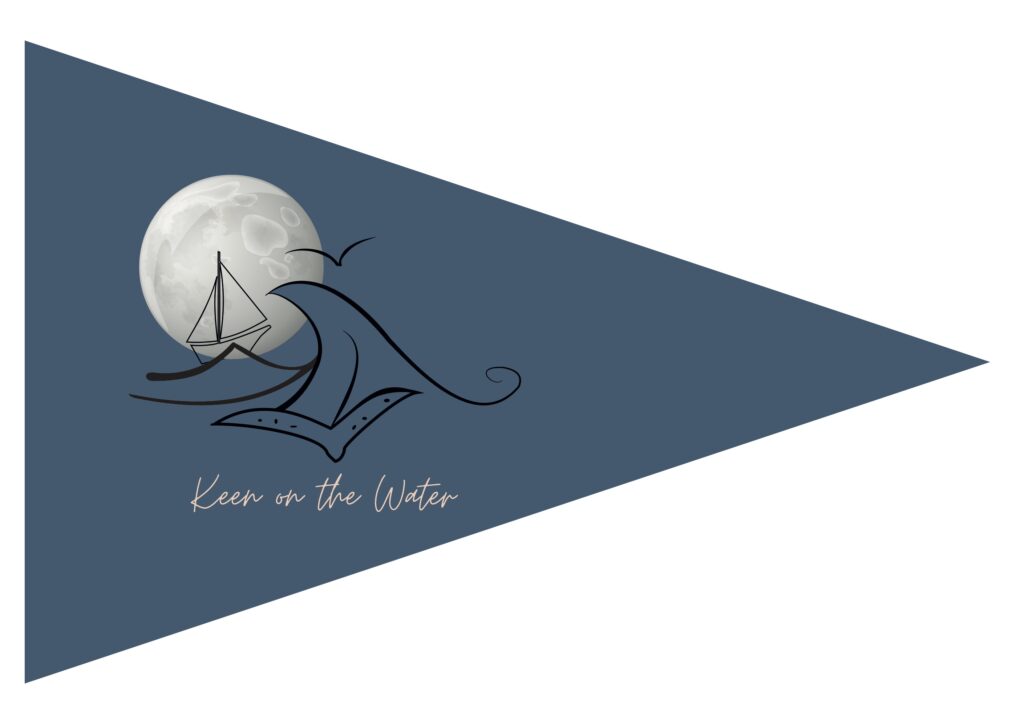
For the last few days we have been anchored in Frigate Bay, Union Island. Sustainable Grenadines have a project here, restoring a failed marina development back to Mangrove habitat.
Mangroves are specially adapted trees to saline conditions and inter-tidal habitats. They are found in coastal and estuarine ecosystems in the tropics and sub-tropical areas around the world.
The root system is half above ground, able to withstand low oxygen conditions and high nutrient input by absorbing gases directly from the atmosphere through the above ground root system. This root system also means the mangroves can trap sediment helping to prevent coastal erosion and trap carbon. They manage to deal with highly salty conditions by storing salt in specially adapted shoots then exuding it in old leaves. They can restrict the openings in their leaves and change their orientation in order to limit water loss and avoid the harshest of midday sun. Mangroves have improved the survival of their offspring by evolving buoyant seeds suited to dispersal in water, and subsequently germinating the seeds while still attached to the parent tree.
Mangroves help to prevent coastal damage by buffering against tsunami’s, cyclones and other coastal storms. They provide nursery habitats for many important marine species and can help to mitigate climate change.
Ashton lagoon, in Frigate Bay is a pilot project by @susgreninc aiming to rebuild coastal resilience by restoring damage done to the mangrove ecosystem by the failed Ashton Marina Project.
Using ecosystem based adaptation they aim to provide benefits to humans and nature by restoring flow to the inner lagoon and mangrove woodland, fostering development of mangrove islands and creating and maintaining critical habitats for marine organisms.
The project has already seen vast improvements in water quality and habitat health after breaching the old causeway and installing culverts in the road around the mangrove forest improving inner lagoon water circulation and flow between the mangrove forest and the sea.
With the planting of over 3000 red mangrove trees into degraded areas the project aims to repurpose old infrastructure from the failed development to reduce disaster risk and increase opportunities for climate adaptation, provide coastal protection, diversification of livelihood opportunities, education for local communities and safe harbours for fishers.
Using ecosystem based adaptation they aim to provide benefits to humans and nature by restoring flow to the inner lagoon and mangrove woodland, fostering development of mangrove islands and creating and maintaining critical habitats for marine organisms.
The project has already seen vast improvements in water quality and habitat health after breaching the old causeway and installing culverts in the road around the mangrove forest improving inner lagoon water circulation and flow between the mangrove forest and the sea.
With the planting of over 3000 red mangrove trees into degraded areas the project aims to repurpose old infrastructure from the failed development to reduce disaster risk and increase opportunities for climate adaptation, provide coastal protection, diversification of livelihood opportunities, education for local communities and safe harbours for fishers.











